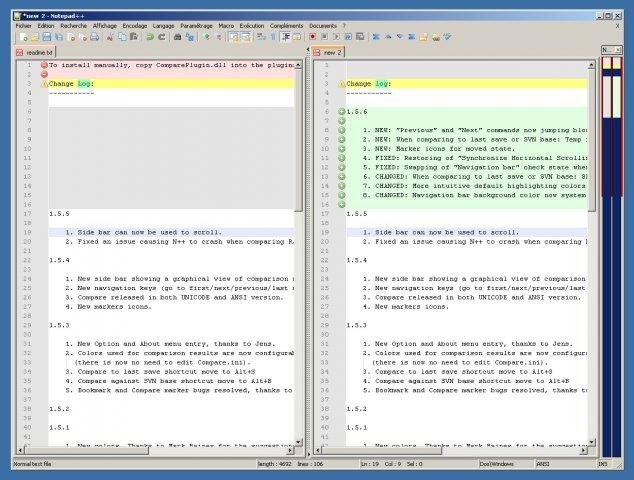
There are 3 tabs viz Available, Updates and Installed along with S earch Box and control buttons to install, update, remove and close.

The dashboard interface is neat, clean and very easy to understand. Start Notepad++ and go to Plugins->Plugin Admin… menu to start the admin dashboard as shown in the below image. You should check your Notepad++ version and update if the Plugins Admin option not visible in the menu or missing. Note:- There is no need to install plugin admin as it comes as a built-in module in Notepad++ starting from version 7.5. Plugin Admin refers to the plugin list, a central repository on Github which maintains a list of Notepad++ plugins and all supporting information like plugin name, version, repository, description, author, homepage. No need to download any plugin file, copying to Notepad++, plugin admin does it for you. You can install, update and remove any plugin with just a few clicks. This makes the plugin management job super easy. Plugin Admin is a built-in plugin manager for Notepad++ which helps to install, update, remove the plugins. Let’s discuss plugin admin and see how you can use it to install, update and remove the plugin. Now, Notepad++ comes with a built-in module called Plugin Admin. This was removed starting from version 7.5. Notepad++ used to come with a pre-installed plugin called Plugin Manager to install, update and remove the plugin.


 0 kommentar(er)
0 kommentar(er)
